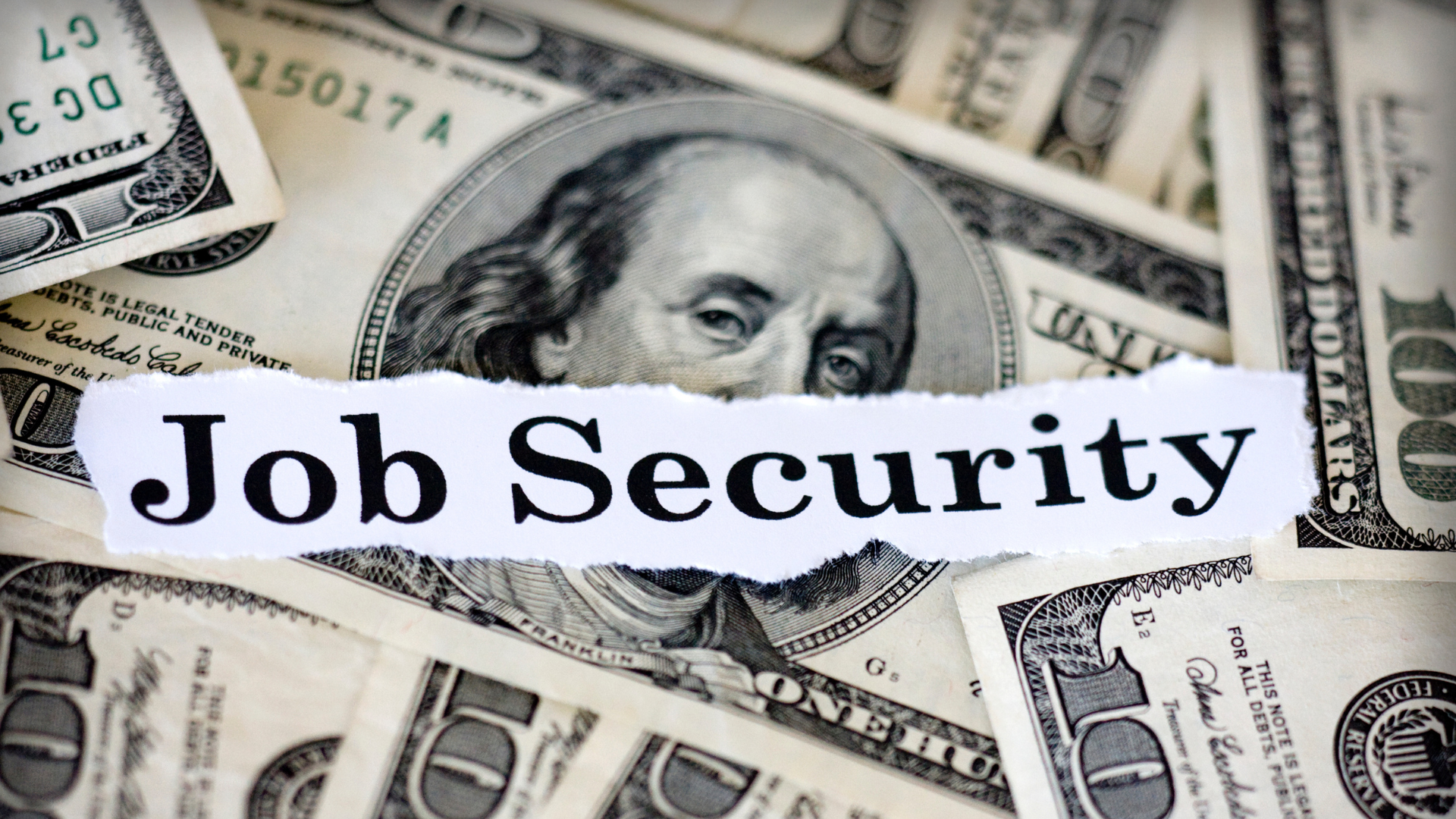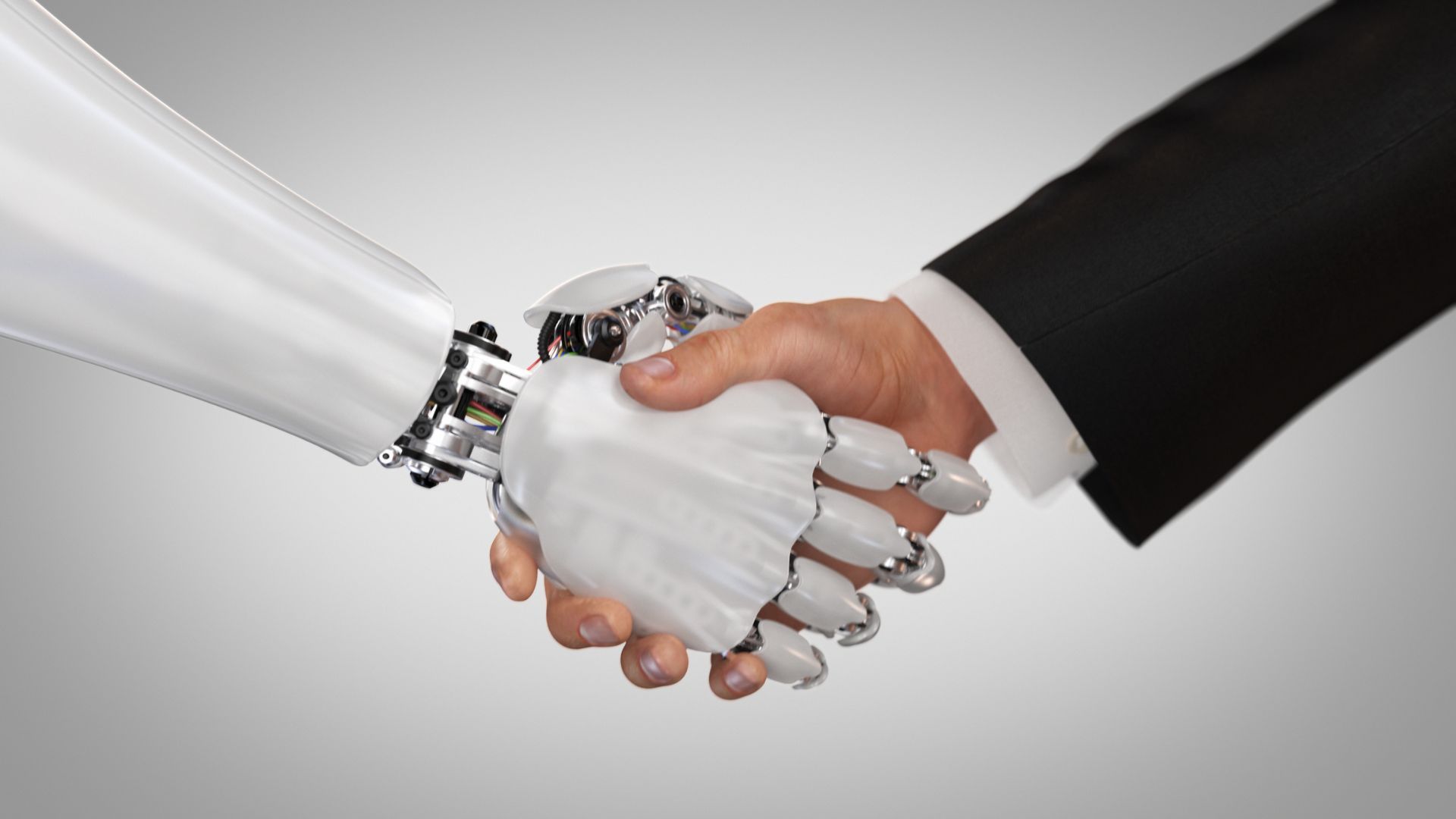Examining workplace satisfaction and job market trends
Ben Wheeler • March 2, 2025

Australia’s job market is undergoing a significant transformation, with more employees than ever considering a career change. A staggering 67% of employees are actively thinking about making a move, driven by factors such as higher pay, better benefits (48%), and more flexible work arrangements (34%). These figures highlight an ongoing shift in workplace expectations and raise questions about whether structural changes—such as a four-day workweek—could improve retention and job satisfaction.
Despite ongoing conversations around flexibility, 47% of employees are still working on-site, while 45% operate in hybrid or remote setups. The data also reveals an underlying dissatisfaction with remuneration, as only 51% of employees feel their pay is fair, and 22% report feeling undervalued. As organisations search for ways to attract and retain top talent, the four-day workweek is re-emerging as a potential solution.
"Flexibility is no longer a perk; it’s an expectation.”
During our recent By the Numbers AU Market Update, Ben Wheeler, Queensland Managing Director at people2people, discussed the increasing demand for workplace flexibility and whether a four-day workweek could be a viable solution.
"Flexibility is no longer a perk; it’s an expectation. Companies that fail to adapt will struggle to attract and retain talent," Ben explained, highlighting the fact that 34% of employees are prioritising more flexible work arrangements when considering a job move.
But flexibility alone isn’t the only factor at play. Job seekers are also motivated by higher pay and benefits (48%), with many feeling undervalued (22%) in their current roles. "Pay matters, but people are also looking for an improved work-life balance. Businesses need to think beyond salary increases and consider structural changes, like re-evaluating working hours," Ben noted.
One of the key discussions in workplace flexibility is whether Australia should reignite the four-day workweek debate. Countries like the UK and New Zealand have already trialled shorter workweeks with success, reporting increased employee engagement and productivity. However, the model is not without its challenges.
"Companies that have trialled shorter workweeks have often reported increased efficiency and engagement. The challenge is finding the right model that suits both employees and businesses," Ben explained. "For some industries, reducing working days might not be practical. But for many white-collar jobs, shifting to results-driven productivity instead of hours-based productivity could be the way forward."
The debate isn’t just about time off—it’s about rethinking productivity and engagement in a modern workforce. Traditional work models have been time-based, rewarding hours worked rather than output delivered. This approach is increasingly outdated, with businesses realising that focusing on productivity over time spent in the office can lead to better outcomes.
Ben emphasised that 47% of employees are still working on-site, with another 45% working in hybrid or remote setups. While the flexibility trend is strong, there’s still resistance in some industries to fully embrace change. "Some organisations worry that less time in the office equals less productivity, but research suggests otherwise. Many companies that have adopted hybrid or four-day models see an increase in efficiency, not a decline," he pointed out.
A major concern from business leaders is how to maintain performance while reducing hours. Ben acknowledged this challenge, stating, "There’s a big difference between cutting hours and restructuring work effectively. A successful four-day workweek requires better workflow management, clearer goals, and trust between employers and employees."
It’s clear that businesses must strike a balance. A rigid five-day workweek might not suit modern employees, but neither will an inflexible approach to shorter workweeks. The key, according to Ben, is experimentation—testing models that work for both business objectives and employee well-being.
"We’re seeing companies trial compressed hours, flexible start times, and hybrid models. Those that find the right mix are the ones succeeding in both talent retention and business outcomes," he concluded.
Practical strategies for employers and employees
With workplace expectations evolving, both employers and employees must adapt to stay competitive. Here are some key takeaways on how businesses and individuals can navigate these changes:
For employers:
Reassess workweek structures – Consider trialling a four-day workweek or adjusting work hours to enhance productivity and engagement.
Focus on employee value – Address concerns about pay fairness and recognition to improve job satisfaction and retention.
Enhance flexibility options – With almost half of employees seeking flexible work, businesses must refine hybrid and remote work policies.
Prioritise well-being initiatives – Combat burnout and disengagement by fostering a healthy work-life balance.
Open conversations about career growth – Encourage internal career progression to reduce turnover and retain top talent.
For employees:
Clarify career priorities – Identify whether pay, flexibility, or career growth is your primary motivator before considering a job change.
Negotiate smartly – If you’re unhappy with your current job, explore internal opportunities and salary negotiations before making a move.
Assess workplace culture – A higher salary doesn’t always equate to job satisfaction—evaluate if company values and leadership align with your expectations.
Utilise flexibility policies – If available, take advantage of hybrid work models or compressed hours to improve your work-life balance.
Stay adaptable – The job market is evolving. Upskilling and embracing new ways of working can improve job security and future opportunities.
Find the job you love I Find the right talent
Get in touch with people2people
Australia
I
United Kingdom
In business since 2002 in Australia, NZ, and the United Kingdom, people2people is an award-winning recruitment agency with people at our heart. With over 12 offices, we specialise in accounting and finance, business support, education, executive, government, HR, legal, marketing and digital, property, sales, supply chain, and technology sectors. As the proud recipients of the 2024 Outstanding Large Agency and Excellence in Candidate Care Awards, we are dedicated to helping businesses achieve success through a people-first approach.






